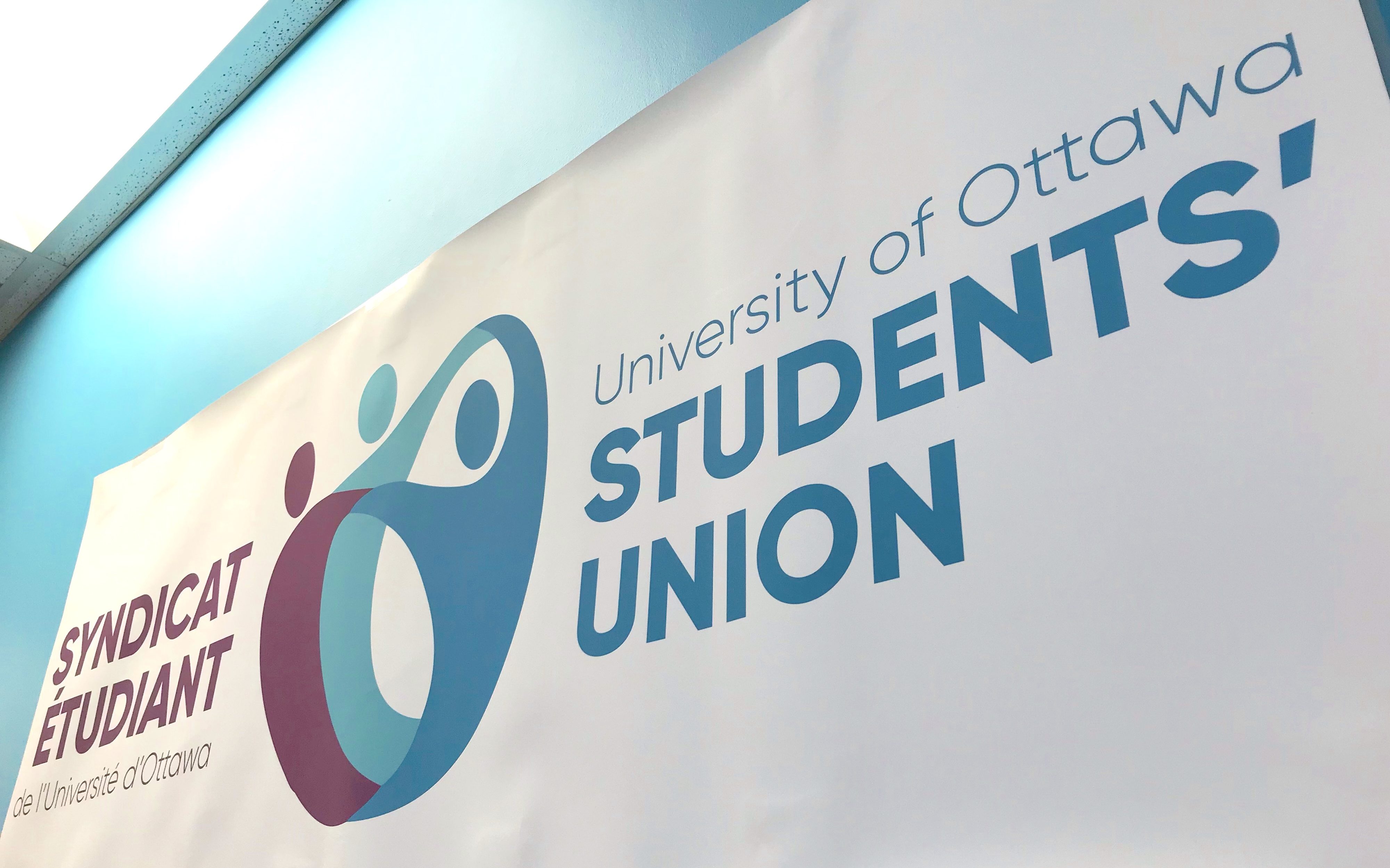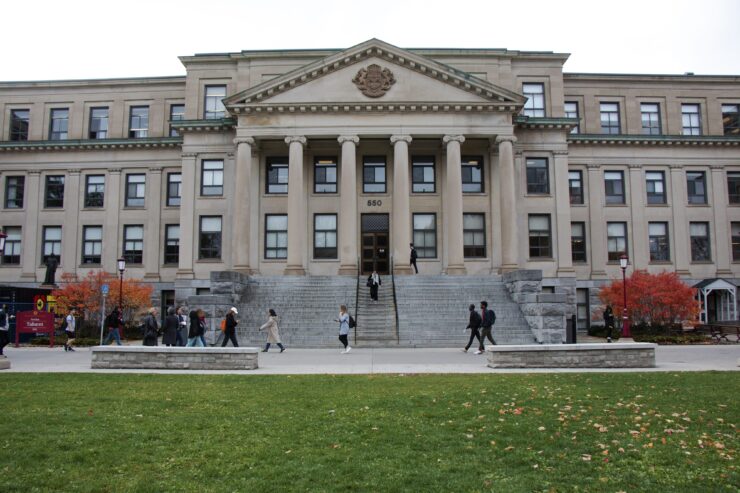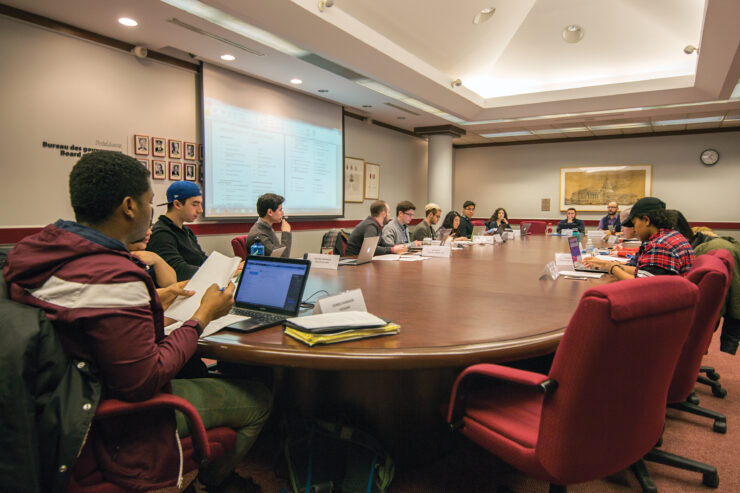Hike in fee is based on U of O’s inflation rate when it should be based on Statistic Canada’s rate
The University of Ottawa Students’ Union (UOSU) held an emergency meeting on the night of Sept.1 to approve a two per cent hike in its membership fee. The hike is the result of an administrative error that resulted in the fee being adjusted to match the University of Ottawa’s yearly calculated inflation.
In a 2019 referendum, it was voted that the UOSU membership fee would be adjusted each year to follow Statistic Canada’s inflation rate, this was instilled by the UOSU’s Transition Committee.
The current UOSU Executive Committee originally rightfully believed that its constitution mandated it to follow the Statistic Canada rate of inflation but a misunderstanding by the Executive Committee led them to believe they had to follow the University of Ottawa’s inflation rate.
The University of Ottawa calculates inflation on a yearly basis based on the academic year. The U of O had calculated a two per cent inflation during the 2019-2020 academic year, their calculation mostly excluded the economic downturn caused by COVID-19. Statistic Canada’s inflation was of zero per cent because it calculated the impact of COVID-19 on inflation.
“Back in June, I checked the Statistic Canada website to see what the inflation rate was and it was zero per cent, I decided we were not going to motion this to the board [of Directors] because it was just not worth it,” said Tim Gulliver the UOSU’s advocacy commissioner. “But recently we found out the University uses a different measure to calculate inflation and that students were being charged two per cent and we were like its too late fix this it’s a bit of a screwup not enough communication its the first time for us doing this so I’ll just get the board [of Directors] to approve this two per cent increase.”
On Tuesday night, after many explanations from Gulliver and about twenty minutes of debate between Gulliver and Matias Guerra, the BOD member for civil law, the motion passed with only Guerra objecting.
“First and foremost, we’re facing a global pandemic and most students are having a difficult time navigating the economic uncertainty that comes with it,” wrote Guerra to the Fulcrum in an email following the meeting. “Second, given the fact that the majority of courses will be offered online, most students will not be returning to campus. That being said, the students who are will have limited or reduced access to social services and the like. Third, when asked if the hike was required, Tim [Gulliver] admitted that it was not necessary. Given the fact that students have already requested lower tuition fees, it is wrong to ask the university to fulfill our request while imposing a hike of our own.”
Gulliver in the debate did admit that personally he was not a fan of the hike and that if they were to reject the hike the “Union wouldn’t burn down” but that down the road “the UOSU would have to make cuts to its staff and services if it didn’t follow with the inflation rates.” Gulliver also mentioned in the debates that without fees increasing to meet the “price of doing business the UOSU could not fund their efforts to lower students’ tuition.”
It’s only after the motion passed on Sept.2 that Gulliver realized the Executive Committee had made a grave mistake. They had been misled this summer into thinking that they had to follow the U of O’s inflation rates when in reality their first inclination to follow the Statistic Canada inflation rate was the right one.
If any solace can be found in this affairs it is that Gulliver believes that due to COVID-19, it is unlikely that the fee will go up next year meaning that students will not have to deal with another hike in UOSU membership fees next year.





